Italian coffee is so special it even has its own machine. Unless you’re some kind of cultural genius, you probably don’t have any idea what it is or how the heck it works.
And so we’re going to make sure you learn how to make an Italian coffee with the standard Italian coffee maker. We won’t be talking about orzo coffee, that’s a bit little on the caffeine, we’ll think about that in the future. So get ready and pay attention to how to use Italian coffee maker.
1. Know what a Moka is. The strange metal teapot in the kitchen cupboard of your Italian apartment? That’s a Moka, and making a Moka coffee is one of the standards of Italian living. The most famous moka machine is the Bialetti coffee maker – that’s the one in the picture below.
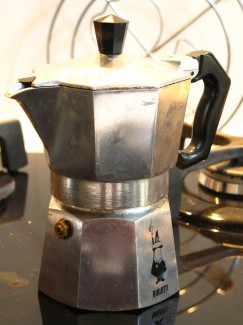
2. Understand the parts of a Moka. The Italian press coffee makers have three parts: 1) the base (for the water), the middle funnel/filter (for the coffee grounds), 3) the top chamber (for the brewed espresso).
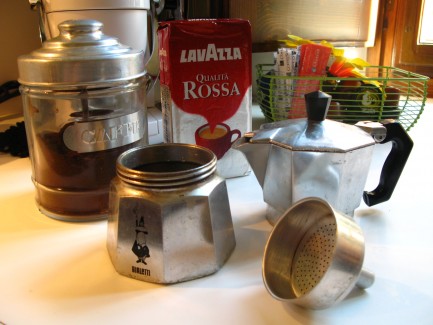
3. Fill the base with water. Hot! Cold! Filtered! I’ve read that different types of water change the flavor of your Moka brewed coffee, but unless you’re a real conesseuir, I don’t think you’ll notice a difference. Italians generally use tap water without paying a great deal of attention what the temperature is. As for how much water, there’s a fill line inside the base (about even with the pressure relief valve – the thing that looks like a little nut and bolt sticking out of the side).
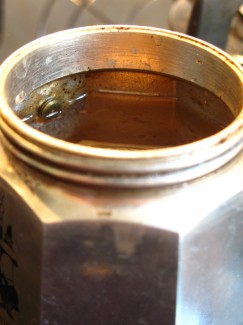
4. Set the funnel on top and fill with coffee grounds. The funnel fits nicely into the open end of the base. It’s like a metal coffee filter. Spoon coffee grounds inside until it’s full, but don’t pack them or the water might not be able to get through.
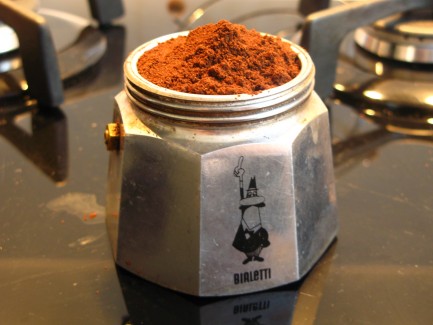
For Americans: Do you miss coffee in the U.S. and want to brew weaker espresso in your Moka? Shhh! Don’t tell the Italians! Just quietly add less grounds and the same amount of water. It will still be stronger than what you’re used to back home, but is definitely a nice compromise.
5. Screw the top chamber on to the base. Tightly! Or, you’ll end up with a big lake on your stove.
6. Put it on the stove and brew. It’ll be ready in five minutes. The key to making the perfect-tasting espresso is using medium-low to low heat. If the flame is too hot, the water will be pushed through the coffee very fast, picking up less flavor. If a few minutes have passed and you’re wondering if you’re doing it right, quickly lift the Moka lid. You should see two foamy lines of coffee running down the sides of the interior metal protrusion, and the bottom of the pot should be filling with heavenly espresso. (If it’s not, see #10)
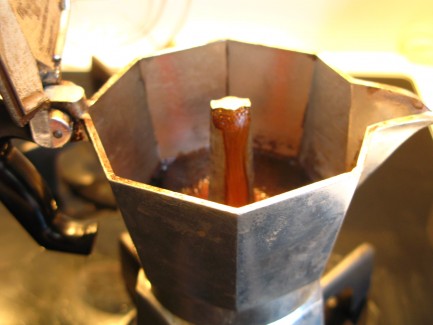
7. Listen to your Moka, it tells you when it’s done. As soon as your the Moka starts making a rumbling sound, take it off the burner immediately. At this point, it’s best to not open the lid, as hot coffee will bubble and spurt all over you. Just trust the noises. If you leave (or forget) your Moka on the stove after it starts sputtering, it will either 1) Burn the coffee, making it bitter or undrinkable 2) Push all the brewed coffee out of the pot and onto your stove, and then burn it there. As a person whose morning getting-ready-in-front-of-the-mirror time is often interrupted by the scent of charred espresso drifting into the room, I can tell you it’s a good idea dedicate five minutes to staying near your Moka.
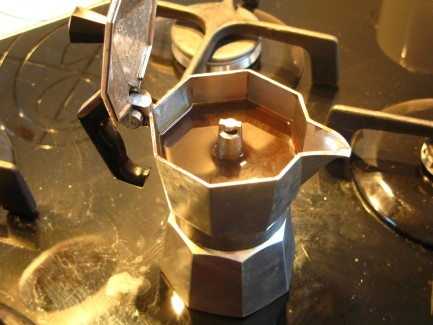
8. (Add sugar and) drink your Italian espresso! Now that you have your strong Italian Coffee, you can add sugar directly into the top chamber of the Moka if everyone you’re making coffee for takes it. Keep in mind that Italian espresso is much stronger than coffee in other parts of the world, so reach for the tiny cup, not the mug.
9. Wash the Moka. No, no, no not with soap! Mokas really pick up the flavor of what you put in them. It’s enough to rinse yours with hot water, using your finger to rub any coffee grounds away. If you see a dark, shiny film inside the top chamber, that’s actually a good sign. It’s accumulated coffee oils that not only shield your espresso from absorbing a metallic taste but are said to actually increase its flavor and make your future cups taste like really good Italian coffee.
10. Tame your Moka if it acts up.
If, after 5 minutes, no (or very little) coffee has come out….
a. Find the little hole on the base (the pressure relief valve) and run water over it for a few seconds before putting the Moka back on the stove and trying again. I don’t exactly know what this does, but it works. (Thanks, Italian roommate, for letting me secretly watch and copy your Moka tricks and learn how Italians make coffee!)
b. Ask yourself, “Did I fill the base of the Moka with water? Or am I so tired that I left it empty and am currently just roasting coffee grounds? (It happens.)
c. Unscrew and rescrew the base to the top chamber.
d. Check the rubber seal (the gasket) on the bottom of the top chamber. Is it old and brittle or full of holes? If so, you can buy a new one at bigger grocery stores (in Italy), or order a new one online (search: Moka coffee pot gaskets).
e. Try using coarser coffee grounds. Some of the finer blends compact themselves so much when wet that the water gets trapped (You’ll probably only run into this problem if you’re buying grounds outside of Italy, as what’s sold here is usually made especially for Moka use).
Now that you know how to make Italian coffee let us know your results.
If you want a real Italian Moka, order the classic Bialetti brand, here.
What do you love about your Moka? I love that it’s easy to clean, because I’m lazy 🙂
Who was Alfonso Bialetti?
Now, sometimes it’s a good idea to refresh some old posts up. Today I was thinking to myself why not add a little bit of history to the way you can make an Italian Espresso at home with your Italian coffee maker. Every family in Italy has a Moka in its shelf, and every Italian house makes its coffee with the classic Italian coffee maker, the Bialetti.
The Bialetti coffee maker is the epitome of Moka’s, you’ll see it everywhere you go, from bars to restaurants to the apartment you’re renting, but who created the best moka machine? Alfonso Bialetti
You need to understand that even though the Bialetti coffee maker is the better known Italian coffee maker, it isn’t the only type. There are a lot of different types of Italian coffee makers, like the Neapolitan coffee maker that is more similar to the Turkish one. But it was Alfonso Bialetti that made the easiest to use coffee machine.
The mastermind behind the Moka Alfonso Bialetti was born in Northern Italy near Novara in 1888 and emigrated to France very young (we don’t have any dates for when he left Italy) to find some work in the steel-mills that offered better work than in Italy. In 1918 he came back to Italy and started using his newly acquired knowledge to open his own foundry.
It was in 1933 that Alfonso Bialetti created the first Italian coffee maker and little did he know that he was going to make history with it.


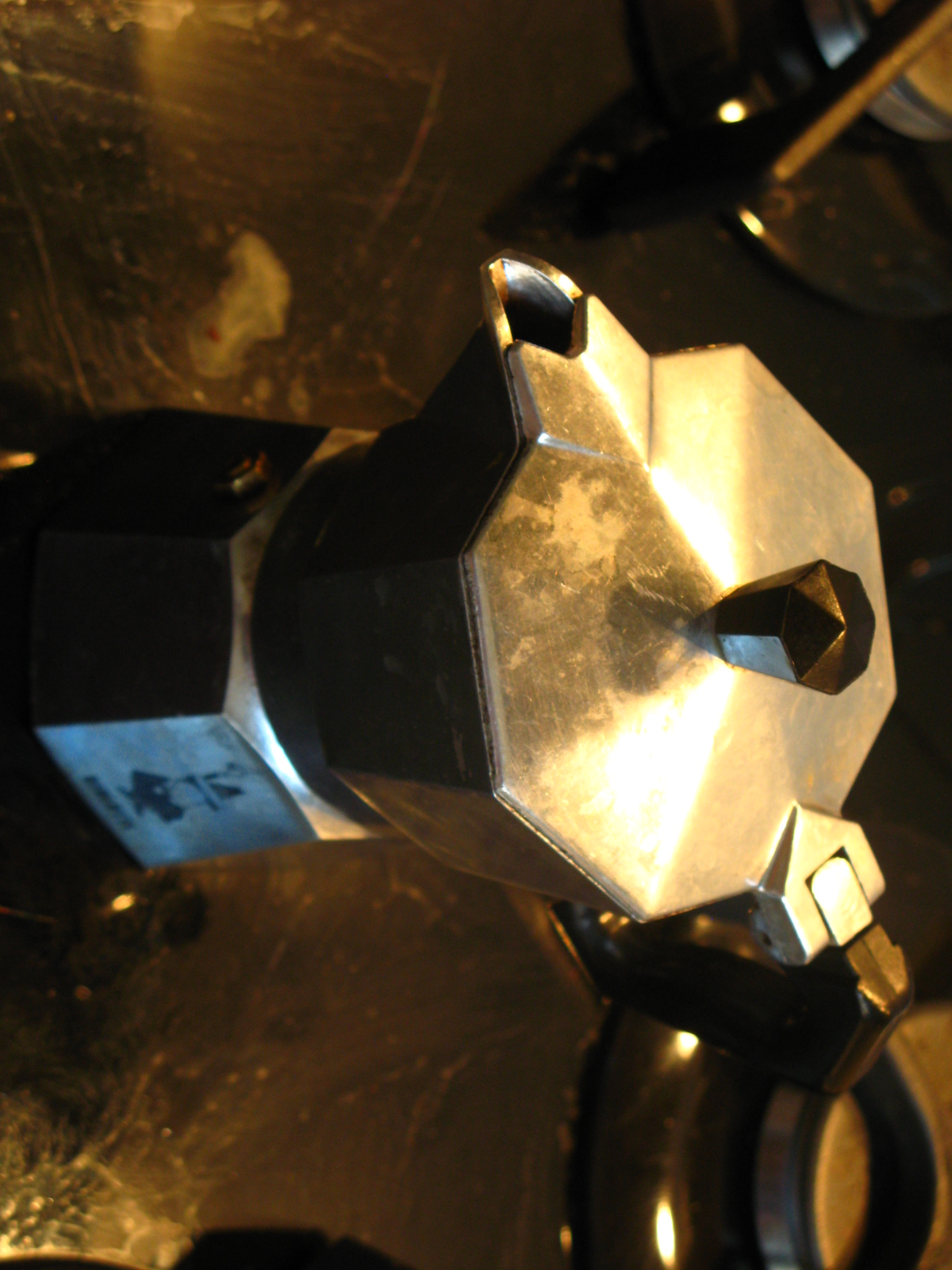




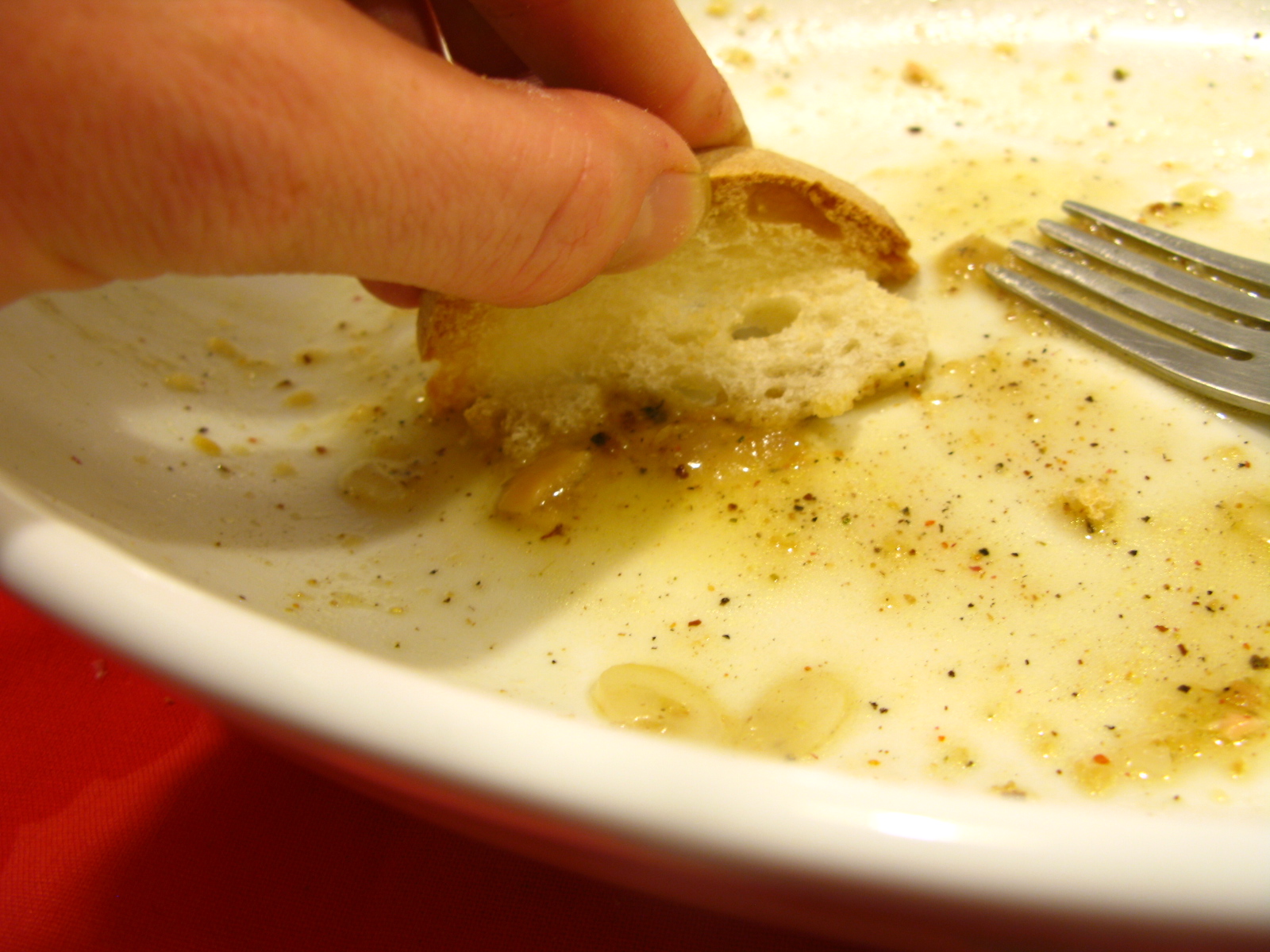


Thank you for the info! We have one in our Airbnb and had no idea how to use it. Found your post and we are off and running. : )
Delicious thanks 🙂
It should be noted that a Moka pot does not brew espresso. It’s strong coffee and shares similarities with espresso but espresso is made more quickly at a much higher pressure.
Guess what… This is how Cubans make coffee too with coffee brands like Bustelo, La Llave, Pilón, and others.
Awesome article, very informative and I can’t wait to try my first cup… thank you.
Good Post. Thank you 🙂
We use one of these but not with nearly so much coffee grounds, in fact two heap spoons and about a third full make a really decent and quite strong cup of coffee.
Long time user of my moka pot without knowing it was called that. I try lots of different coffees and always start with 2 trusted scoops and fill it to the nut thing. I’ve always thought that this was there to stop ground coffee getting wet too early. Then I taste and adjust accordingly. It’s a deeper basket than the hexagonal ones. It’s lived in a tent with me too. On the embers of the fire so it’s seasoned quite well.
[…] with these 10 types of Coffee, and if you’re trying to cut on coffee expenses here is how to make an espresso in a Moka the proper […]
Certainly makes to realize just how wasteful those filter coffee makers are. Two thirds less coffee grounds in one of these ‘Moka machines’ and it’s just as strong.
Ciao Whitney, also, dont forget to gently turn the coffee with a teaspoon while it is still in the top chamber of the Moka (most of Southern Italians do it in order to have a better balanced coffee!)